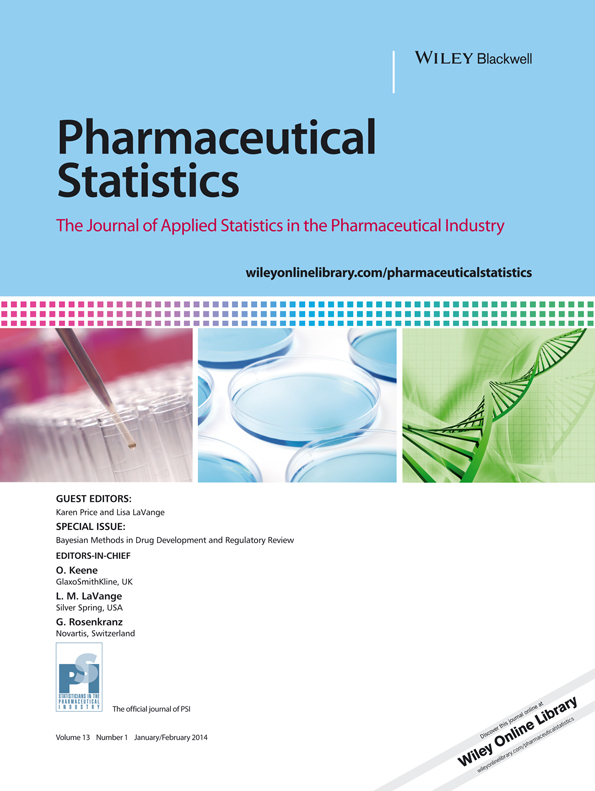Use of historical control data for assessing treatment effects in clinical trials
ABSTRACT
Clinical trials rarely, if ever, occur in a vacuum. Generally, large amounts of clinical data are available prior to the start of a study, particularly on the current study's control arm. There is obvious appeal in using (i.e., ‘borrowing’) this information. With historical data providing information on the control arm, more trial resources can be devoted to the novel treatment while retaining accurate estimates of the current control arm parameters. This can result in more accurate point estimates, increased power, and reduced type I error in clinical trials, provided the historical information is sufficiently similar to the current control data. If this assumption of similarity is not satisfied, however, one can acquire increased mean square error of point estimates due to bias and either reduced power or increased type I error depending on the direction of the bias. In this manuscript, we review several methods for historical borrowing, illustrating how key parameters in each method affect borrowing behavior, and then, we compare these methods on the basis of mean square error, power and type I error. We emphasize two main themes. First, we discuss the idea of ‘dynamic’ (versus ‘static’) borrowing. Second, we emphasize the decision process involved in determining whether or not to include historical borrowing in terms of the perceived likelihood that the current control arm is sufficiently similar to the historical data. Our goal is to provide a clear review of the key issues involved in historical borrowing and provide a comparison of several methods useful for practitioners. Copyright © 2013 John Wiley & Sons, Ltd.




